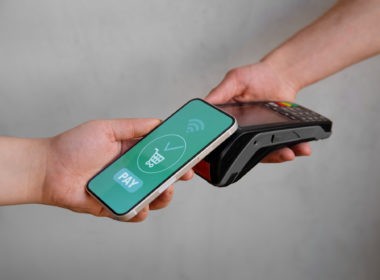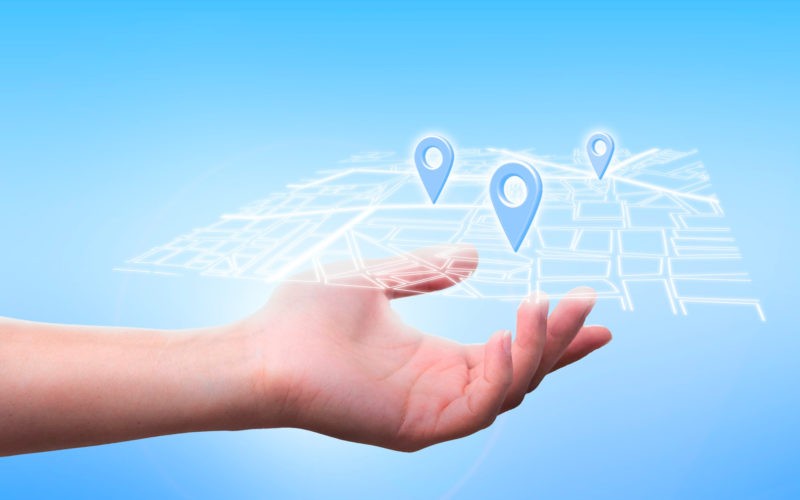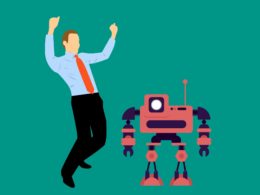Imagine a workplace where every effort is acknowledged, and employees are driven by more than just their roles—they thrive through meaningful recognition. Rewards and recognition cultivate trust, spark collaboration, and inspire employees to consistently perform at their best. When individuals feel seen and appreciated, they align their energy toward shared goals, creating a culture of motivation, purpose, and growth.
Building strong teams is about more than assigning tasks—it’s about fostering belonging and empowering employees to go above and beyond. Ready to unlock the full potential of your team? Start recognizing their efforts today and watch your workplace transform into a hub of engagement and success.
The Impact of Recognition on Team Performance
The correlation between recognition in the workplace and team success is undeniable. But what makes rewards and recognition so powerful in building strong teams?
1. Strengthening Team Cohesion and Engagement
Employee engagement is the backbone of any performing team. The sooner organizations recognize that employee recognition keeps a team connected and vital, the better. Here’s how recognition cements team bonds:
- Teams with a strong approach to employee engagement show improvement in their overall engagement scores.
- Peer-to-peer recognition is known to drive higher engagement and output.
- Employee engagement solutions improve collaboration and communication.
Modern employee engagement tools and software make tracking and promoting recognition easier than ever. Employee engagement platforms offer real-time feedback and recognition capabilities, so achievements do not go unnoticed.
2. Increasing Motivation and Performance
Rewards within the workplace greatly motivate people. Companies utilizing performance-based rewards have noticed an increase in the performance metrics of their employees. Such a sharp rise proves that recognition directly impacts productivity and motivation. Incorporating an employee recognition program can make this recognition more consistent and visible, helping employees feel valued and encouraging continued high performance.
Recognition and the Role of Technology
Today, the best employee engagement software options offer:
- Real-time recognition capabilities
- Performance tracking
- Features for peer-to-peer appreciation
- Integration with existing workplace tools
3. Reduced Turnover and Increased Loyalty
Engaged employees are more likely to stay with a company. Hence, recognition is among the big retention strategies. When people feel that their work is appreciated, it instills a sense of belonging and loyalty, encouraging them to be more active contributors toward common objectives. Recognition programs connect employees’ efforts to the company’s success, deepening their emotional investment in their roles.
This creates team stability since valued employees are less likely to seek opportunities elsewhere, and trust between employees and leadership strengthens. Recognition promotes positive behavior, reduces burnout, and ensures teams thrive over the long term.
4. Reinforcing Organizational Values and Cultural Alignment
Let’s explore how employee rewards programs reinforce company values:
| Recognition Type | Impact on Culture | Benefits of Team Building |
| Peer Recognition | Promotes collaboration | Strengthens team bonding |
| Performance Rewards | Drives excellence | Motivates high achievement |
| Value-Based Recognition | Reinforces company culture | Aligns behavior with organizational goals |
| Team Celebrations | Builds camaraderie | Enhances group cohesion |
| Skill Development Incentives | Promotes growth | Strengthens team capability |
5. Ensuring a Positive Work Environment and Innovation
Employee recognition bears importance beyond immediate performance improvements; it builds a workplace culture essential for nurturing long-term success. Valued employees become more creative, bringing fresh ideas and innovations.
Recognition nurtures psychological safety, fostering confidence to share thoughts without fear of judgment. This encourages risk-taking, essential for personal growth and learning. Ultimately, recognition strengthens engagement, deepening connections to the organization’s mission and goals, leading to sustained productivity and team cohesion.
Best Practices for Implementation
| 1. Use Modern Tools | 2. Diversity Recognition Methods | 3. Ensure Consistency |
|---|---|---|
| Implement the best employee engagement software | Combine monetary and non-monetary rewords | Establish clear recognition criteria |
| Leverage digital platforms for real-time recognition | Include both individual and team-based recognition | Train managers in effective recognition practices |
| Track and measure recognition impact | Offer flexible reward options | Regular review and update of recognition programs |
The Future of Employee Recognition
As workplaces evolve, the future of recognition at work will likely include:
- AI-powered recognition systems
- Personalized reward experiences
- Enhanced integration with work platforms
- Greater emphasis on real-time recognition.
Measuring Recognition Program Success
To make sure your employee rewards program delivers meaningful results, it’s essential to measure its impact and gather ongoing feedback. Here’s how tracking key metrics and gathering feedback can provide insights and help you fine-tune your program for long-term success.
Track Key Metrics
- Engagement Rates: Monitoring employee engagement gives insight into how connected employees feel to their work and the company. High engagement rates often correlate with improved performance and satisfaction, indicating that your rewards program is positively impacting morale. Tools like pulse surveys and engagement platforms can help measure participation in real time.
- Turnover Statistics: Tracking turnover rates helps determine whether your rewards program is fostering loyalty. If turnover decreases after implementing rewards, it suggests that recognition is encouraging employees to stay longer. High turnover, on the other hand, may indicate a need to adjust or expand your program to better align with employee expectations.
- Performance Indicators: Analyze individual and team performance metrics (e.g., sales targets, project milestones) to assess if recognition programs are motivating employees to meet and exceed goals. By linking rewards to specific performance outcomes, you can ensure the program encourages behaviors that contribute to business objectives.
- Program Participation Rates: Evaluate how many employees are participating in the rewards program. A high participation rate reflects a well-received initiative, while low participation might signal that the program lacks appeal or needs more visibility. Tracking participation helps identify any gaps and ensures inclusivity across departments and roles.
Gather Feedback
- Regular Surveys: Use anonymous surveys to collect honest feedback about the rewards program. Ask employees if they feel recognized, what rewards they value most, and where improvements are needed. Regular surveys also help identify emerging needs and preferences to keep the program relevant.
- Focus Groups: Invite small groups of employees from different departments to discuss their experiences with the rewards program. This setting encourages open conversation and provides deeper insights into what’s working well and what isn’t, offering qualitative data to complement survey results.
- One-on-One Discussions: Conduct personal meetings with employees to gain specific insights about their experiences. Managers can use these discussions to understand individual motivations and tailor rewards accordingly. Personalized rewards are more effective at building loyalty and engagement.
- Exit Interviews: When employees leave, ask them about their experience with the rewards program as part of the exit interview. This feedback offers valuable information about any shortcomings or missed opportunities in the program that could have influenced their decision to leave.
Conclusion
The evidence is clear: employee rewards and recognition are not just nice-to-have programs but essential elements for building strong, resilient teams. As organizations continue to navigate the challenges of modern workplace dynamics, investing in robust employee recognition programs becomes increasingly crucial for success.
Frequently Asked Questions
1. How do employee rewards improve productivity?
Employee rewards boost motivation and engagement, encouraging consistent performance and fostering a positive work environment. This leads to higher productivity and stronger teamwork.
2. What types of rewards are most effective?
A balanced combination of monetary and non-monetary rewards proves most effective. The reward systems include:
- Performance bonuses
- Public recognition
- Professional development opportunities
- Flexible work arrangements
3. How can companies maintain a fair reward system?
Maintaining fairness requires transparent performance metrics, regular system reviews, employee feedback integration, consistent application across all levels and clear communication of criteria.












